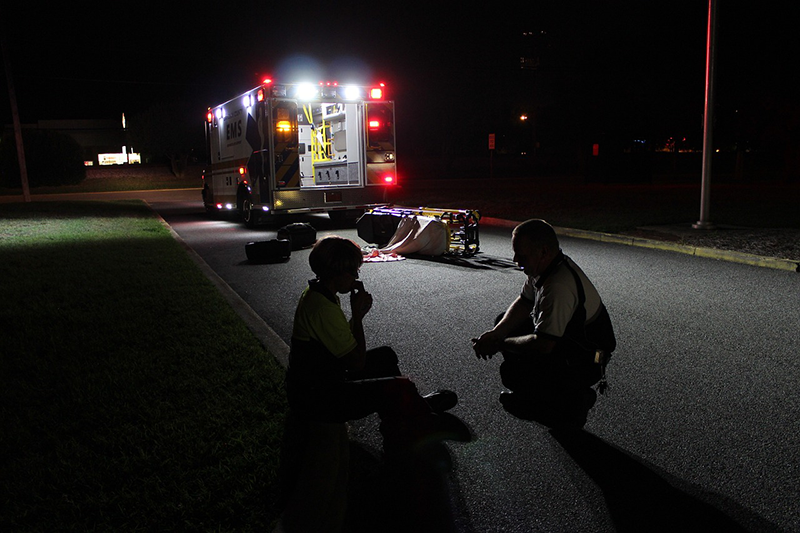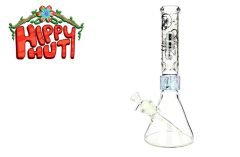Table of Contents [show]

[ez-toc]Cannabis for managing PTSD? Indeed. Cannabis is often misconstrued due to its recreational usage, has long been acknowledged for its medicinal properties. An increasing body of research suggests that cannabis, specifically the cannabinoids THC and CBD, can be highly beneficial in managing symptoms of post-traumatic stress disorder (PTSD) and anxiety disorders.
To understand how cannabis can aid, it is essential to comprehend the mechanisms of these disorders. Both PTSD and anxiety disorders stem from an overactive fight-or-flight response system. They may result in insomnia, nightmares, hyper-vigilance, and a heightened state of arousal, severely impacting the quality of life (Blessing, Steenkamp, Manzanares & Marmar, 2015).
Cannabis, Managing PTSD and Regulating Emotions
Cannabis, particularly the compound cannabidiol (CBD), interacts with the body’s endocannabinoid system, which plays a vital role in regulating emotions, fear response, and memory processing. Several studies suggest that CBD can reduce anxiety and improve sleep patterns in individuals suffering from PTSD, demonstrating its potential as a novel treatment strategy (Loflin, Babson, & Bonn-Miller, 2017).
The THC content in cannabis can also mitigate PTSD symptoms. One study found that patients using cannabis experienced a 75% reduction in PTSD symptom severity, underscoring the potential benefits of cannabinoids for those grappling with the disorder (Greer, Grob, & Halberstadt, 2014).
Identifying Cannabis Strains for PTSD and Anxiety
Identifying the best cannabis strains for PTSD and anxiety is subject to individual experiences and chemical makeups of the strains. However, specific strains have consistently shown efficacy. “Cannatonic,” a high-CBD strain, is renowned for its calming effects, and “Granddaddy Purple,” rich in both CBD and THC, is praised for reducing anxiety and promoting restful sleep. “Girl Scout Cookies,” known for a higher THC content, is frequently reported to provide relief from stress and anxiety.
When considering consumption methods, it’s vital to understand that efficacy and onset time can vary. Smoking or vaping offers immediate relief but may not suit everyone due to respiratory concerns. Edibles provide longer-lasting relief but can take up to two hours to take effect. Sublingual sprays and tinctures are another option, offering a balance between onset speed and duration of effects. Topical applications, while primarily used for localized pain relief, can also contribute to overall well-being.
Microdosing
A newer but promising method is microdosing, wherein small doses of cannabis are used to minimize psychoactive effects while still harnessing its therapeutic benefits (Sulak, Saneto, & Goldstein, 2017). This method is particularly useful for individuals concerned about the psychoactive effects of THC but seeking the plant’s therapeutic properties.
While cannabis has demonstrated potential in managing PTSD and anxiety disorders, one must remember that it is not a one-size-fits-all solution. Consulting with healthcare providers and cannabis experts is crucial in determining the right strain and dosage for individual needs. Furthermore, ongoing research and clinical trials are necessary to establish concrete evidence for the benefits of cannabis as a treatment for these disorders.
Managing PTSD and Anxiety – Conclusion
In conclusion, the use of cannabis in managing PTSD and anxiety disorders provides a glimmer of hope for many individuals. As we continue to study and understand this plant, the potential for new, natural treatments for these conditions becomes increasingly plausible.
References
- Blessing, E. M., Steenkamp, M. M., Manzanares, J., & Marmar, C. R. (2015). Cannabidiol as a Potential Treatment for Anxiety Disorders. Neurotherapeutics, 12(4), 825-836. doi:10.1007/s13311-015-0387-1
- Greer, G. R., Grob, C. S., & Halberstadt, A. L. (2014). PTSD Symptom Reports of Patients Evaluated for the New Mexico Medical Cannabis Program. Journal of Psychoactive Drugs, 46(1), 73-77. doi:10.1080/02791072.2013.873843
- Loflin, M., Babson, K. A., & Bonn-Miller, M. O. (2017). Cannabinoids as Therapeutic for PTSD. Current Opinion in Psychology, 14, 78-83. doi:10.1016/j.copsyc.2016.12.001
- Sulak, D., Saneto, R., & Goldstein, B. (2017). The Current Status of Artisanal Cannabis for the Treatment of Epilepsy in the United States. Epilepsy & Behavior, 70(Pt B), 328-333. doi:10.1016/j.yebeh.2016.11.021
Further Reading on Spinfuel
Weed in Wonderland: Unlocking the Benefits of Cannabis for Restful Sleep
50 States, So Where is Cannabis Legal in the United States?




